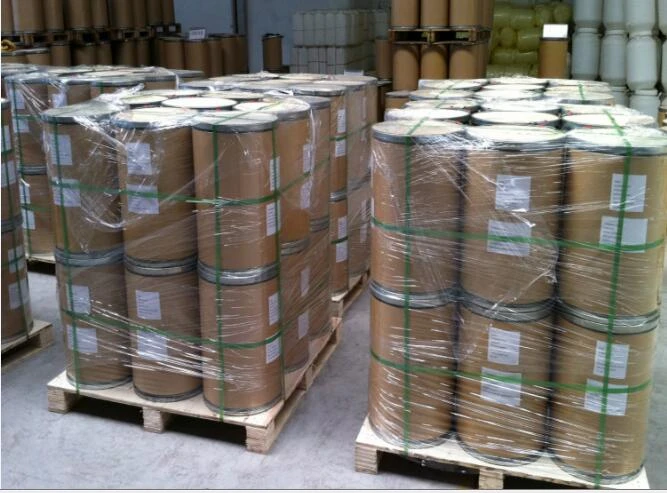A Comprehensive Overview of Plastic Additives
Plastics have become an integral part of our daily lives, utilized in numerous applications ranging from packaging to automotive components. However, the performance and functionality of plastics frequently need enhancement to meet specific requirements. This is where plastic additives come into play. These additives are substances incorporated into plastic materials to improve or modify their properties, allowing for greater versatility and better performance across a range of uses.
Types of Plastic Additives
Plastic additives can be categorized into several types, each serving distinct purposes
1. Stabilizers These additives improve the thermal and UV stability of plastics, helping to maintain their mechanical properties under harsh environmental conditions. For instance, heat stabilizers prevent degradation during processing, while UV stabilizers protect the material from sun damage, ensuring a longer lifespan for outdoor products.
2. Plasticizers Commonly used in polyvinyl chloride (PVC) applications, plasticizers increase flexibility and workability. They reduce the rigidity of plastics, making them easier to handle and process. This is crucial in products like flooring, electrical cables, and various consumer goods.
3. Fillers These are inorganic or organic materials added to plastics to improve mechanical properties or reduce production costs. Fillers, such as calcium carbonate or talc, enhance the density, strength, and thermal properties of the plastic, making them suitable for a wider range of applications.
4. Pigments and Dyes Color additives are essential for aesthetic purposes and branding. Pigments provide color and opacity, while dyes offer transparency. These additives help create visually appealing products and are vital in consumer goods, packaging, and textiles.
5. Flame Retardants Safety is a primary concern in many applications. Flame retardants are added to plastics to reduce their flammability, making them safer for use in homes, vehicles, and public spaces. These additives help to meet regulatory standards and minimize fire hazards.
list of plastic additives

6. Antioxidants These prevent oxidation reactions during processing and throughout the life of the plastic. By adding antioxidants, manufacturers ensure the longevity and stability of the plastic, especially in high-temperature environments.
7. Foaming Agents Used to create lightweight, foamed materials, these agents reduce density and improve insulation properties. Foamed plastics are extensively used in packaging, construction, and automotive industries for their thermal resistance and lightweight characteristics.
8. Processing Aids These additives improve the manufacturing process by enhancing flow characteristics and reducing friction during the molding and extrusion of plastics. Processing aids help achieve more consistent product quality and reduce wastage during production.
The Role of Additives in Sustainable Plastic Solutions
As the world increasingly shifts towards sustainability, the role of plastic additives is evolving. Biodegradable additives and those that support recycling are emerging trends aimed at reducing environmental impacts. Additives that can improve the recyclability of plastics help promote a circular economy, allowing materials to be reused and repurposed rather than discarded.
Additionally, research into bio-based additives offers promising alternatives that reduce reliance on petroleum-based chemicals. These innovations not only enhance the properties of plastics but also align with global sustainability goals.
Conclusion
Plastic additives are essential components in the plastics industry, enhancing functionality, safety, and performance across a myriad of applications. From stabilizers to flame retardants and biodegradable options, these additives ensure that plastics meet the demands of modern life while also addressing growing environmental concerns. As technology advances, the development of new additives will continue to play a critical role in creating plastics that are not only effective but also environmentally responsible. Understanding and utilizing the diverse range of plastic additives will be crucial for manufacturers aiming to innovate and maintain competitiveness in an ever-evolving market.

